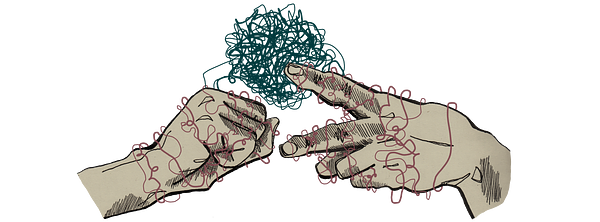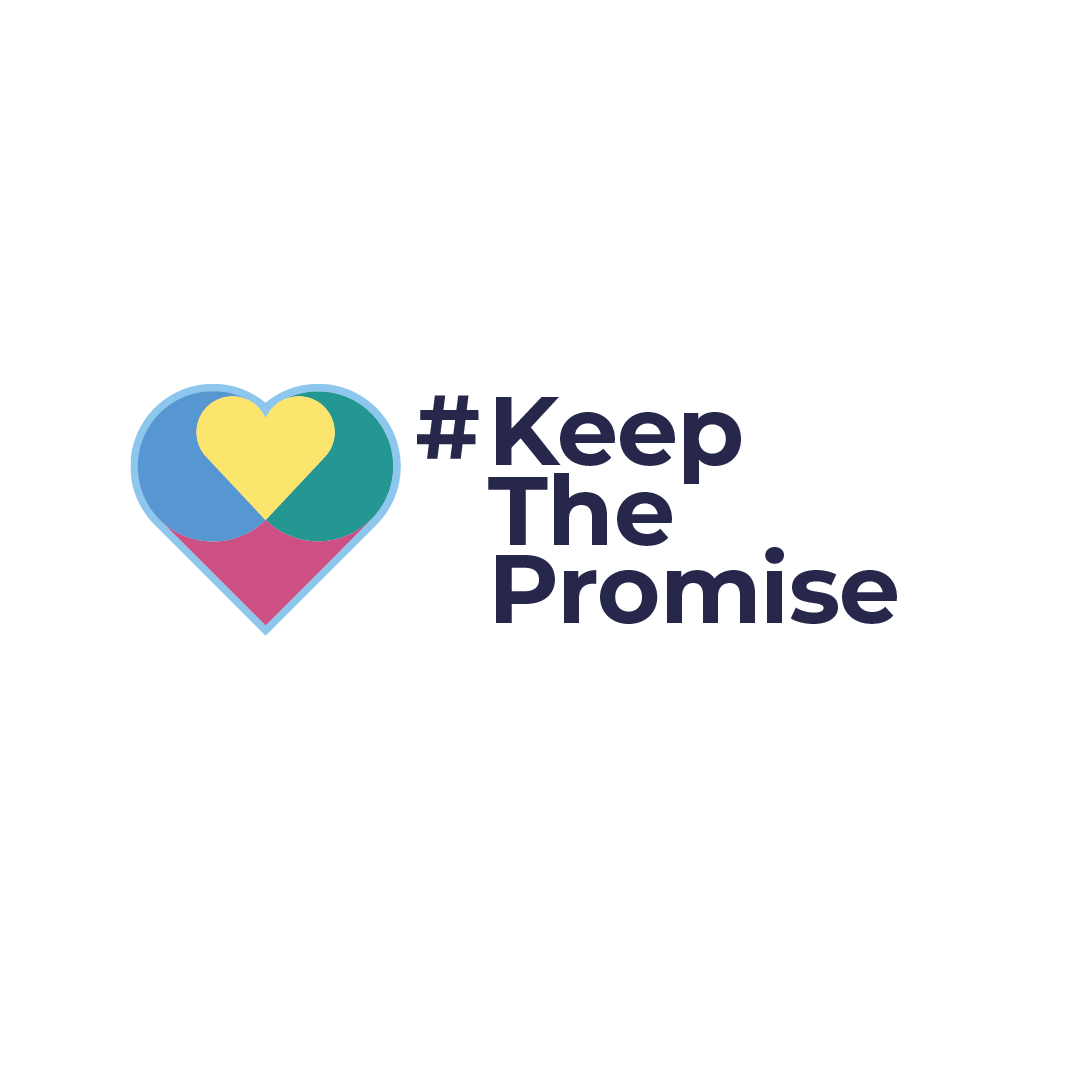Professionals and Practitioners
This digital resource tells the story of how our brains interpret the world around us and how this translates in our bodies, emotions and behaviours. It has been designed to be used by professionals working with young people interested in learning more about the science of conflict and boosting their wellbeing.

The Teenage Brain
Summary
- Brain remodelling occurs during adolescence to increase the efficiency of neuron networks so the brain can specialise.
- The limbic system has a greater input in teenagers as it is remodelled first, while the thinking part of the brain (pre-frontal cortex) isn’t fully developed until mid-twenties.
- Increased activity in the limbic system results in higher emotional intensity, a shift in attachment, identify formation, and changes to the reward system that result in risk-seeking behaviour.
- During adolescence a range of hormones are being released that affect sleep and growth.
- The ESSENCE of Adolescence is an acronym by Dr. Dan Siegal that summarises the unique aspects of the teenage brain. It stands for: Emotional Spark (ES), Social Engagement (SE), Novelty (N), and Creative Exploration (CE).
- While there are a lot of physical, sexual, cognitive, social and emotional changes going on that can be overwhelming, the adolescent brain is also very resilient, adaptive, and open to creativity.
Introduction
The teenage years are an essential part of preparing for the transition from the dependent child, where our needs are met by the primary caregiver, to the responsible adult. This period of change, which we call adolescence, can begin, for some, as young as eight, although it more commonly begins between the ages of 11 and 14. While we associate this period of brain development with being a teenager, it actually continues into the mid-twenties.
Typical teenage behaviours are often perceived as what some would describe as ‘bad behaviour’; they are described as moody, lazy, cheeky and reckless – or at least that’s what we might think if we don’t understand the changes a young person is going through. But there are also lots of great things about the teenage brain that we sometimes forget to appreciate.
With the help of Dr Dan Seigel, let’s take a look at some of the changes going on.
While there are a lot of physical, sexual, cognitive, social and emotional changes going on that can be overwhelming, the adolescent brain is also very resilient, adaptive, and open to creativity.
What happens in our brains when we are teenagers?
When we are teenagers the brain is “remodelling”. This happens in two stages. The first stage starts between the ages of 11 and 13 and is called “differentiation”. This is how the brain specialises. When we are children we are absorbing all the information we can about the world and building neuron networks. Neurons are cells in the brain that pass signals to each other across the network to help us process information. You may already be familiar with neurons if you have used the Scottish Centre for Conflict Resolution’s The Three Brains psychoeducational resource.
During adolescence we start to “prune” away some of the basic networks that we don’t need any more and focus on the things that are important and useful to us. The second stage of remodelling is the “linkage” stage. This happens later in adolescence and helps to increase the effectiveness of communication between the neuron networks that we differentiated. The brain does this through myelin formation. Myelin is a healthy sheath that covers the connected neuron pathways and allows them to communicate 3000 times more effectively (faster and more coordinated).
The process of remodelling happens throughout adolescence starting with the oldest part of the brain. The last part of the brain to be remodelled is our prefrontal cortex, which may still be developing in our 20s. As a result, the brainstem and limbic system (old parts of the brain) have a greater input during our teenage years compared to childhood or adulthood. These changes in the limbic system, along with the release of different hormones result in changes in:
1. Emotional Intensity
2. Identity Formation
3. Attachment and Relationships
4. Motivation and Evaluation
5. Sleep
6. Growth
Let’s take a closer look at these changes.
1. Emotional Intensity
The amygdala is a small part of the limbic system which detects emotions. It can link sensory information to emotional responses. During adolescence, the amygdala is more active than in childhood or adulthood. Therefore, we experience emotions more intensely, and might even attribute specific emotions to neutral stimuli. For example, teenagers might interpret a neutral question such as “did you go to basketball after school?” as a threat to their independence or as a criticism of their actions and sense emotions such as disappointment or frustration that the adult is not exhibiting in reality. An adult may see a teenager’s response as disproportionally emotional, when in fact the teenage brain just interprets information differently. Because the thinking brain is not fully developed, teenagers rely on their emotion brain which reacts quickly, instinctively and emotionally without taking time to think or consider the other person’ perspective. It is harder to make clear, rational decisions as a teenager. To learn more about Reflective and Reactive responses check out the Monkey vs Lizard psychoeducational resource.
Pros: Experiencing emotions strongly can be wonderful. Through these emotions we find our passion.
Cons: Emotions can be overwhelming and a teenager can feel upset and irritated more easily.
2. Identity Formations
Memory and emotions are closely linked. The hippocampus and amygdala are both parts of the limbic system involved in memory. The hippocampus forms episodic memory which can be stored as long-term memories. During adolescent we begin to use emotion and memory to form a sense of self and identity.
Pros: Forming identity is an important part of the social shift into adulthood. Part of that is experimenting and finding out what you like.
Cons: This can be a difficult process, especially as you try to balance the shift in caregiver-child and peer-to-peer relationships.
3. Attachment and Relationships
Because the limbic system deals with stress, emotions and memory, it plays an important role in attachment. To have a secure attachment we need to be seen, soothed and safe with the caregiver. The positive emotions and memories associated with these relationships form a blueprint for future relationships. In the wild, an adolescent animal without a peer group is at greater risk than an animal who acts as part of a group. Humans have evolved in a similar fashion, and we haven’t outgrown our own adolescent need to be part of a peer group. If a Young Person insists they’ll “just die” if they don’t get to go to a party all their friends are going to, it may be a figure of speech, but it also speaks to an important evolutionary truth that explains this intensity of feeling.
Pros: It is important to gain independence and life skills that help you cope as an adult.
Cons: Relying more on peer-peer relationships and seeking a sense of group belonging can lead to peer pressure and risk-taking behaviour. This is also a difficult time for caregivers. As the relationship changes, a caregiver can feel isolated and worried. Navigating a change in relationship dynamic can cause conflict at home.
4. Motivation and Evaluation
The motivation, entertainment and reward system is heightened in teenagers. Information is evaluated differently in the teenage brain. They experience hyper-rational thinking which means when they evaluate information they over-emphasise the pros of a situation and minimise the risk. They therefore have a greater drive to seek reward regardless of the risks.
On top of this, teenagers have a lower baseline level of dopamine compared to adults and children, but a higher release level. Dopamine is the neurotransmitter that connects the motivation and reward system in the brain, so when it’s low we seek new experiences and thrills, and when it is released we have a sense of euphoria.
Teenagers can therefore feel more irritable, restless and bored when dopamine levels are low, but also a greater sense of anticipation, satisfaction and euphoria compared to children and adults.
Pros: Healthy risk-taking is an important part of developing independence and self-identity. Seeking new experiences can allow teenagers to be creative and find new hobbies.
Cons: When the risk-taking becomes unhealthy, this can be dangerous. When you they aren’t being stimulated, teenagers can feel bored and irritated.
5. Sleep
Melatonin is a hormone released to regulate the body’s sleep cycle. It is usually produced in response to darkness. In teenagers, melatonin is produced later in the day compared to adults and children which explains why teenagers often go to sleep much later and find it difficult to get up in the morning. Because they are going to sleep later, but usually still need to get up for school, teenagers often don’t get the 8 to 10 hours sleep that they need. While young people sleep their bodies secrete growth hormone, so when they are sleeping in at the weekend teenagers are not being lazy; their minds and bodies need a greater amount of sleep to grow and prosper.
Pros: Going to bed later and sleeping in longer the next day are healthy for young people.
Cons: It’s easy for parents to misinterpret this behaviour for laziness.
6. Growth
During adolescence, the brain releases gonadotropin-releasing hormone which travels to the pituitary gland in the brain. The pituitary gland then releases two more hormones luteinizing hormone (LH) and Follicle-stimulating hormone (FSH). These hormones work in different areas depending on whether you are male or female. This stimulates the release of testosterone and oestrogen which matures /develops the sex organs. Another set of hormones, “adrenarche”, causing the growth of pubic hair (and facial hair in men) as well as changes in the skin which can cause acne. The third change is the release of growth hormone which contributes to physical growth during adolescence, including changes in the shape and size of the body and bone structure.
So basically, there is A LOT going on in our brain, body and social life as a teenager. It can be really overwhelming for a lot of young people, but it is also a natural part of development and it is important that as professionals we can support young people and caregivers to understand these changes and see the benefits of them as well as the potential challenges.
What does Dr. Dan Siegel say?
Dr. Dan Siegel is a Clinical professor of Psychiatry at the UCLA school of Medicine and author of the New York Times bestseller book Brainstorm: The Power and Purpose of the Teenage Brain. He describes the changes that we go through in our teenage years as the ESSENCE of adolescence. ESSENCE is a helpful acronym to remember the key changes we have discussed in this article.
ES– Emotional spark
Changes in the brain result in teenagers feel emotions more intensely.
SE – Social Engagement
As teenagers start to develop their own sense of identity, they also begin to explore the sense of belonging that comes from being part of a group. They learn how to build relationships, connect and collaborate with others - essential skills for adulthood.
N – Novelty
Changes in the reward system results in teenagers seeking novelty and engaging in risk taking behaviour to get that dopamine hit. This is natures way of encouraging us to leave the nest and find our passion.
CE – Creative Exploration
If we combine the emotional spark, social engagement and novelty seeking, we get creative exploration. Teenagers have a willingness to try new things and develop the ability to imagine what the future could be like. They are innovative, adaptive, creative, experimental and develop problem-solving skills.
What else do I need to know?
With all these changes going on, this is often the time when mental illnesses emerge. There are a lot of physical, sexual, cognitive, social and emotional changes which can be overwhelming to experience all at once.
However, the teenage brain is also very resilient. In fact, it is the key to being able to adapt to change in adulthood. If teenagers can hold on to our passion (emotional spark), relationships (social engagement), drive to try new things (novelty) and imagination and innovation (creative exploration), they find that these are the things that might be the best parts of adulthood.
References and Further Reading
- The Amazing Teen Brain by Jay N. Giedd, Scientific American, 2016
- How the Teen Brain Transforms Relationships by Dr Dan Siegel, Greater Good Magazine, 2014
- Parenting the Teenage Brain: A User’s Guide by Fred Ehresmann, Irish Times, 2018
- Parenting the Teenage Brain: How to Manage Conflict by Fred Ehresmann, Irish Times, 2018
- The Teen Brain: 7 Things to Know, National Institute of Mental Health, 2023
- Why do many psychiatric disorders emerge during adolescence? by Jay N. Giedd, Matcheri Keshavan and Tomáš Paus, National Library of Medicine, 2008
Useful videos
- Unlocking the Adolescent Mind: Insights from Dr. Siegel, Random Acts of Kindness, 2018
- The Adolescent Brain: A second window of opportunity, UNICEF Innocenti, 2018
- The Neuroscience of the Teenage Brain - with Sarah-Jayne Blakemore, The Royal Institution, 2018





